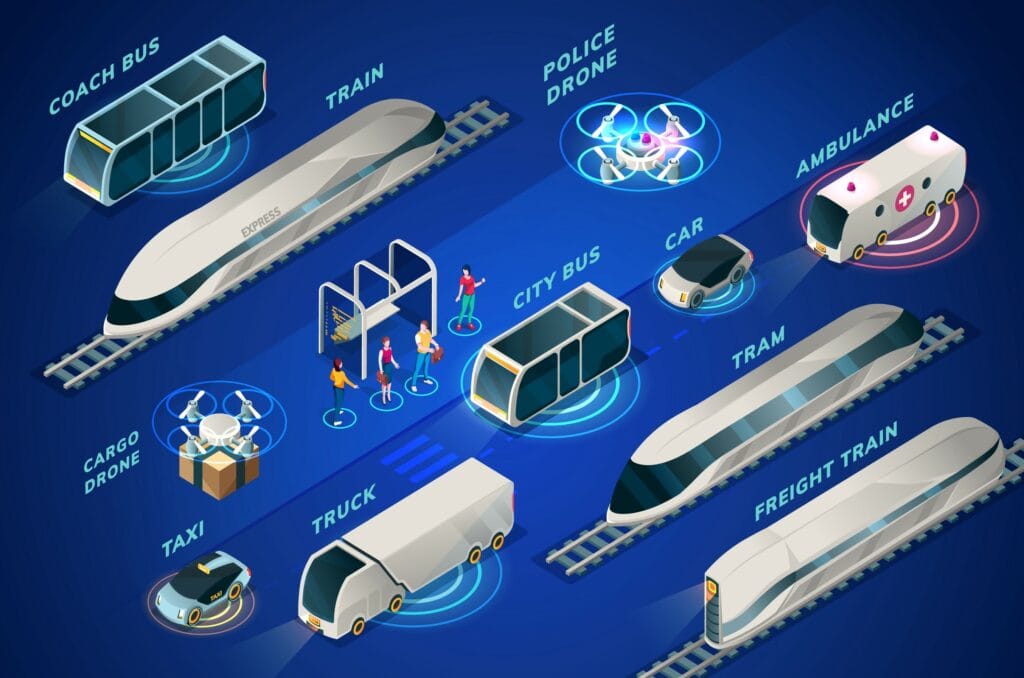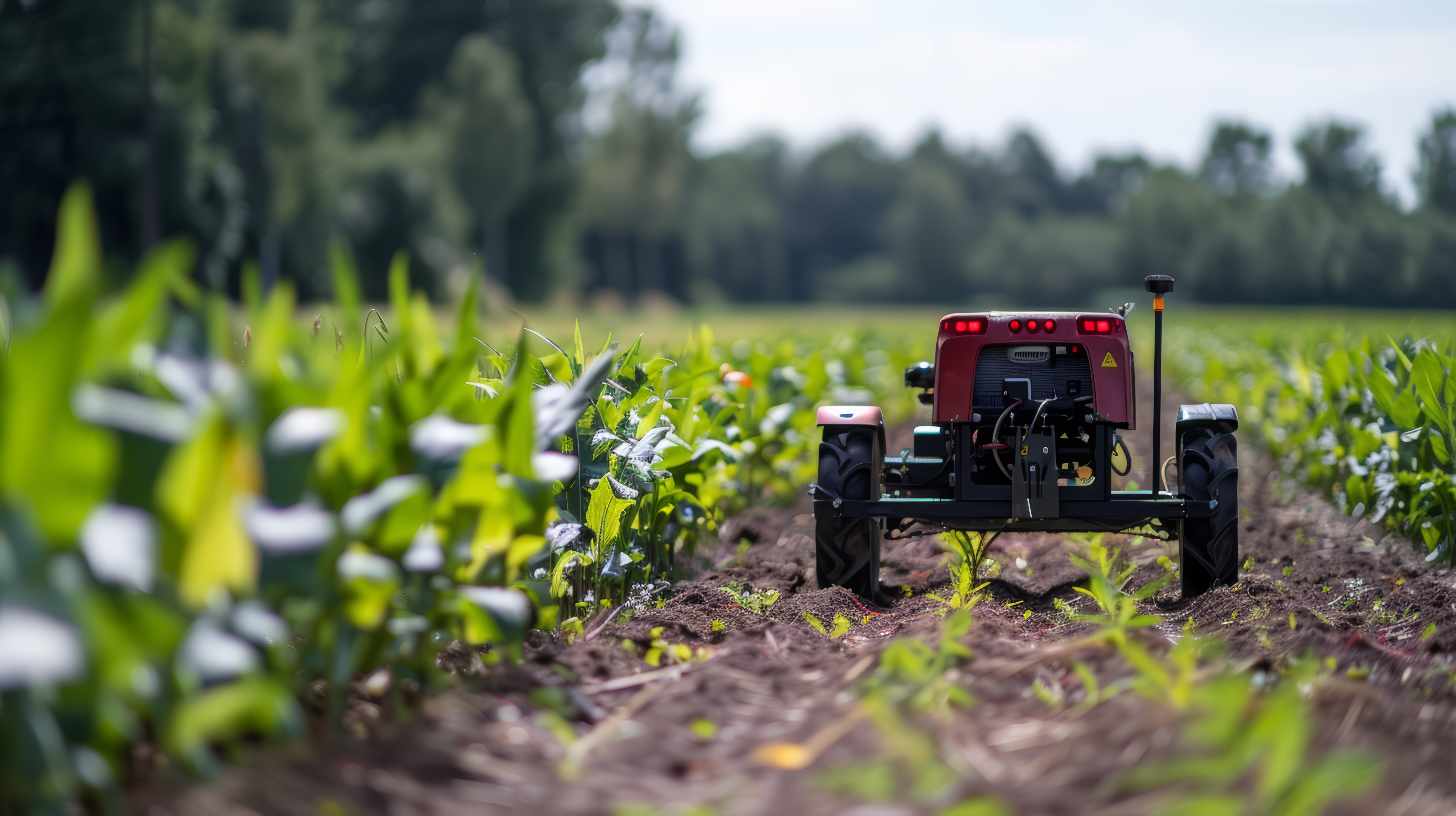Experience has taught us that in some industries, and rail is one, many businesses fail to succeed, despite having great ideas and spending significant amounts of money and time, as well as emotional investment, on innovation. And not least, they do this at the cost of foregoing other innovation opportunities, when money could have been better spent elsewhere.
We need to look at how to really make innovation happen and identify what is needed to turn ideas into sustainable value.
Innovation is not a linear process – it is usually a random walk with many small steps and the occasional quantum leaps. There is no end point – there is only ever a next step, or leap. Product roadmaps need to be delivered, services need to be enhanced, processes need to be optimised and tools need to be updated. Ultimately, innovation is an infinite journey in a complex and shifting landscape, with many influences on the outcomes.

The picture above shows an example of the 200-year journey in rail that has been driven by innovation. We can see tens of thousands of innovations, driven by the attractiveness of the huge spend in the rail market. Examples include lighting, traction, station environments, operational planning, safety, aerodynamics, acoustics, telecommunications, energy distribution, ergonomics, structures, material science and the glue of systems integration.
However, the journey of improvement hasn’t ended here. More investment will come. It may be less than hoped for, but we have to live with the current reality – and these real problems create opportunities for more innovation.

In reality it is easy to predict what the future of rail transport and mobility will look like, but we can’t be sure when it will arrive.
Autonomous, multi-modal, connected transport for people and goods is already feasible. System integration is inevitable – not via a ‘eureka’ moment but via an often-random walk through the complex global landscape driven by exponential developments in processing power and memory, the enabler of advances in AI. But all too often this is delayed by industry readiness, the global economy, regulators and governments.
There are hundreds of thousands of companies looking to innovate in rail markets worldwide – some will be ahead, some will be behind, and the order will be continually changing over time. Many of these will be mainly focussed on product or service development. But product and service development are not the enablers that make innovation happen.
So what is needed to turn ideas into sustainable value?
When it comes to innovation, finding solutions to complicated and complex problems is inevitable. However, context and timing matter. Success is not determined by who is first, who is last, or who is best. Turning ideas into sustainable value involves much more than engineering, science, logic, ingenuity and resources.
Through our research and real-world experience, we have identified a set of key enablers that deliver successful innovation outcomes. But these enablers are rarely, if ever, seriously considered when it comes to funding innovation. The assumption is that the innovation challenge is mainly one of product or service development, not value creation.
This means we end up measuring the wrong things. We measure innovation activities, not outcomes. We look to SMEs as being the drivers of innovation and make decisions on where to spend money on that basis, but then don’t properly evaluate the results. When it comes to commercialisation at innovation hubs, we use IP lawyers rather than looking to expertise in marketing, collaboration models, and the business of innovation.
The importance of culture, purpose, values, and organisational learning as key enablers for innovation is not recognised. To increase innovation, we need to fund its enablers:
- Marketing innovation
- Making innovation contagious
- Creating an innovation culture
- Embedding innovation
- Collaborative innovation
- Innovation management
These are the enablers that are needed to turn ideas into sustainable value. They have been shown to make the difference between failure and success. Ideas, products and services will never be enough.
Funding SME research and product development using the current approach does not deliver an increase in innovation commensurate with the level of investment. We need a different way other than just more investment. There is no shortage of great ideas, but great ideas do not guarantee great innovations.
We need to consider the innovation enablers. The harsh reality is that investment in product and solution development has limited returns without any concurrent investment in innovation enablers. Establishing the innovation enablers can make the difference between success and failure. The key point is that the investment to establish the enablers is low when compared to the level of return from innovation outcomes. Addressing the imbalance between the funding of product and service development and establishing innovation enablers might, at less cost, increase innovation.

So what do we need when it comes to Making Innovation Happen?
We need a systems approach to innovation. In order to turn ideas into products and services and turn those products and services into sustainable value, companies need funding and access to an innovation system that provides:
- Business planning support
- Making innovation happen expertise
- Innovation management expertise
- Innovation marketing expertise
- Creation of an organisational learning capability
If we step back and look at the bigger picture, we can see that the current approach to innovation is not working well enough – it does have some successes, but not enough.
So why don’t we innovate about the way we innovate. If it doesn’t work, we can always fail fast, learn as an organisation, and take a different path across the innovation landscape.




